Lee Wan Bae watches North Korea of his village, but the threats coming from Pyongyang do not cause him fear. What matters, he says as he traces an imaginary boundary line with his index finger, is that the villagers South Korean of Tong-il chon know what to do if a security emergency occurs or if Kim Jong-un’s missile launches increase: arrive at the established meeting point and follow the military’s instructions. The latter will never be negotiable.
TO LOOK: Summit between Putin and Kim Jong-un: what did they talk about and why does it concern the West?
Lee, an official from Tong-il chon, moved to this village in 1973. Twenty years have passed since the signing of the armistice that ended the bloody fighting of the Korean War (1950-1953) and the South Korean government decided create a mountaintop village 1.6 kilometers from the fortified Demilitarized Zone (DMZ) that divides North and South Korea, to show their neighbors that their country had the most fertile land and that life it was better on the south side of the border.
The DMZ has been the backdrop to life in Tong-il chon (Unification Village in Korean). The government carefully selected the 80 families that moved to this location, 40 for soldiers and 40 for civilians. Men and women received basic military training. Everyone learned to shoot. A high degree of patriotism was also a requirement for living on the most armed and guarded border in the world.
The Demilitarized Zone is a strip 250 kilometers long and four kilometers wide that divides the Korean peninsula at the 38th parallel. It was created when the armed war ended with a truce on July 27, 1953, which made that area the territory of minefields dating back to the conflict, barbed wire fences that seem endless and soldiers ready to attack. The voltage is maintained at maximum. Although July marked the 70th anniversary of the armistice, the war is not technically over yet and the DMZ and its surrounding areas are still armed to the teeth.
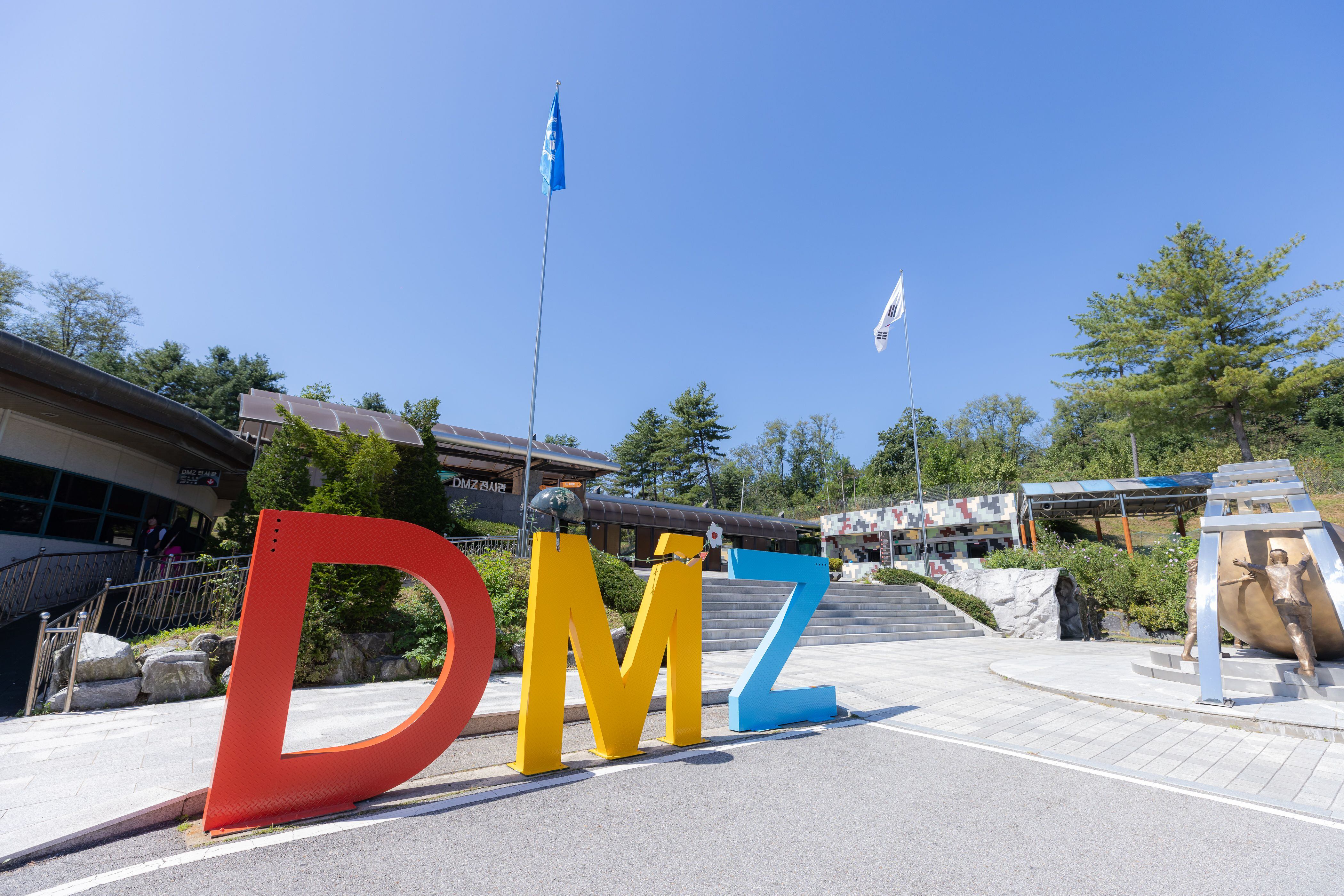
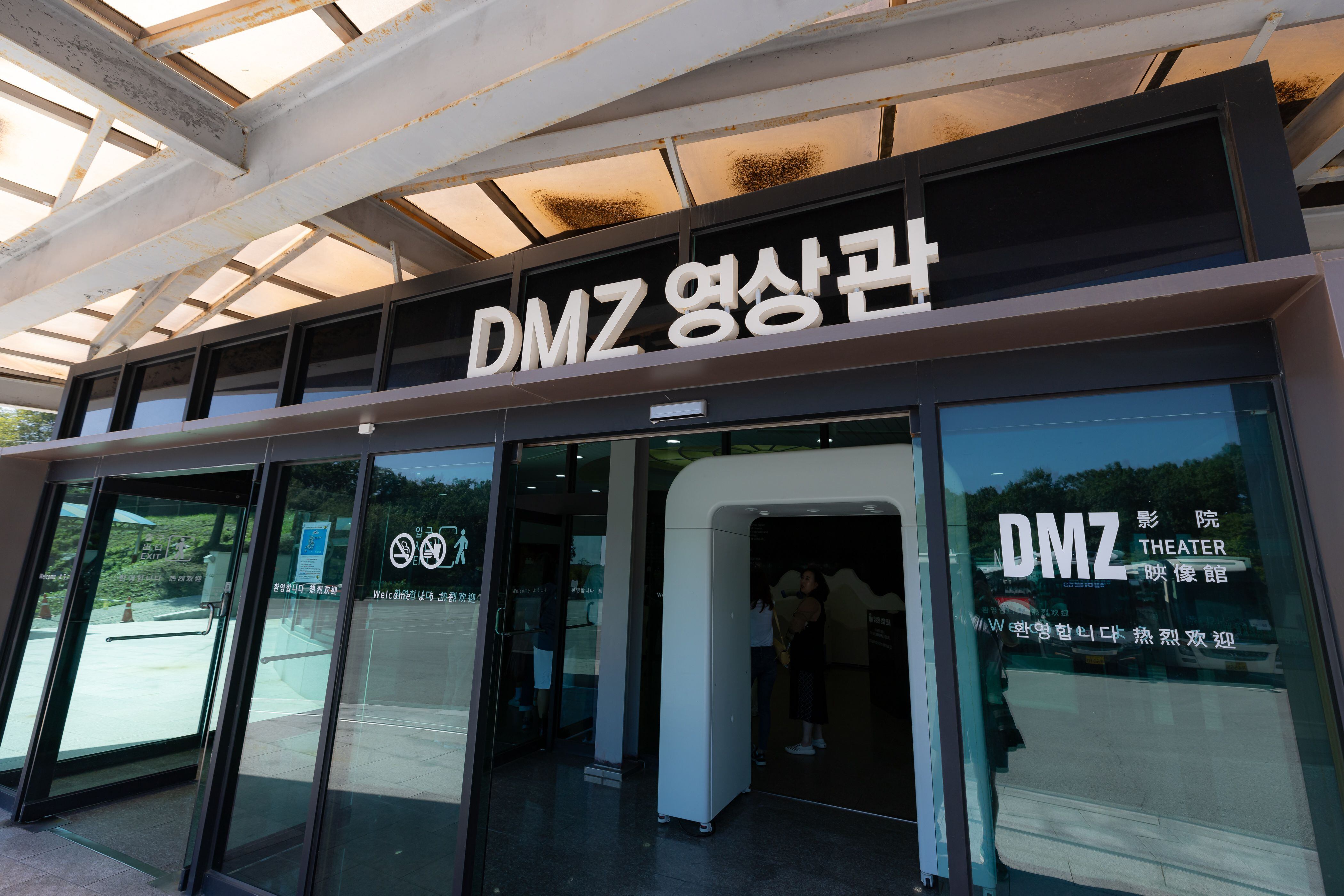
Getting to the area where the DMZ is located, including the village of Tong-il chon, is possible through tours and scheduled visits that have become quite popular among tourists and enthusiasts who want to be part of the living history of the Korean peninsula. Individual tourism is not permitted.
The southern part of the DMZ, near the city of Paju in Gyeonggi Province, is about 50 kilometers from Seoul. As we approached the Freedom Highway, we passed through a strict security checkpoint. We’re just an hour and a half from the South Korean capital, but the rules have already changed. It is mandatory for us to hand over our passports to young soldiers to travel around the area. They will be returned at the end of the tour. They remind us that photos and videos are prohibited unless permission is obtained from a member of the military.
From now on, the landscape on both sides of the road permanently mixes nature, military surveillance posts and layers of wire reinforced with explosive traps or heat sensors.
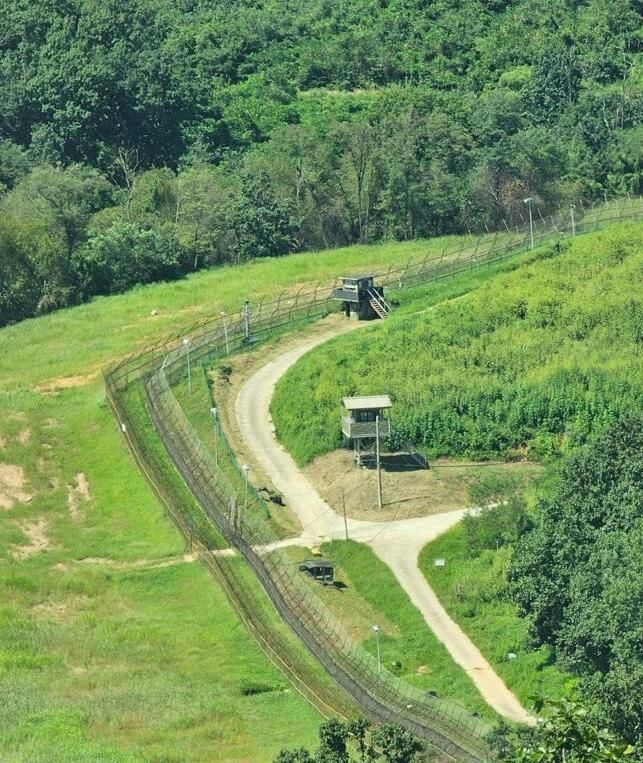
Arriving at the so-called Third Tunnel is like being transported to the heart of war. It is believed to have been built by North Korea to invade South Korea by surprise. This is the third and largest of the four tunnels found so far. It was discovered in 1978 and is 1,635 meters long, enough for 30,000 soldiers and artillery to cross in one hour. Only 265 meters are open to the public in the south zone.
This tunnel is located 73 meters underground. We left our cameras and cell phones in some lockers and walked along an underground trail built for tourists. We continued down and reached the original corridor. It measures approximately two meters wide by 1.6 meters high. After a few blows to the head, we understand why wearing a helmet is not optional.

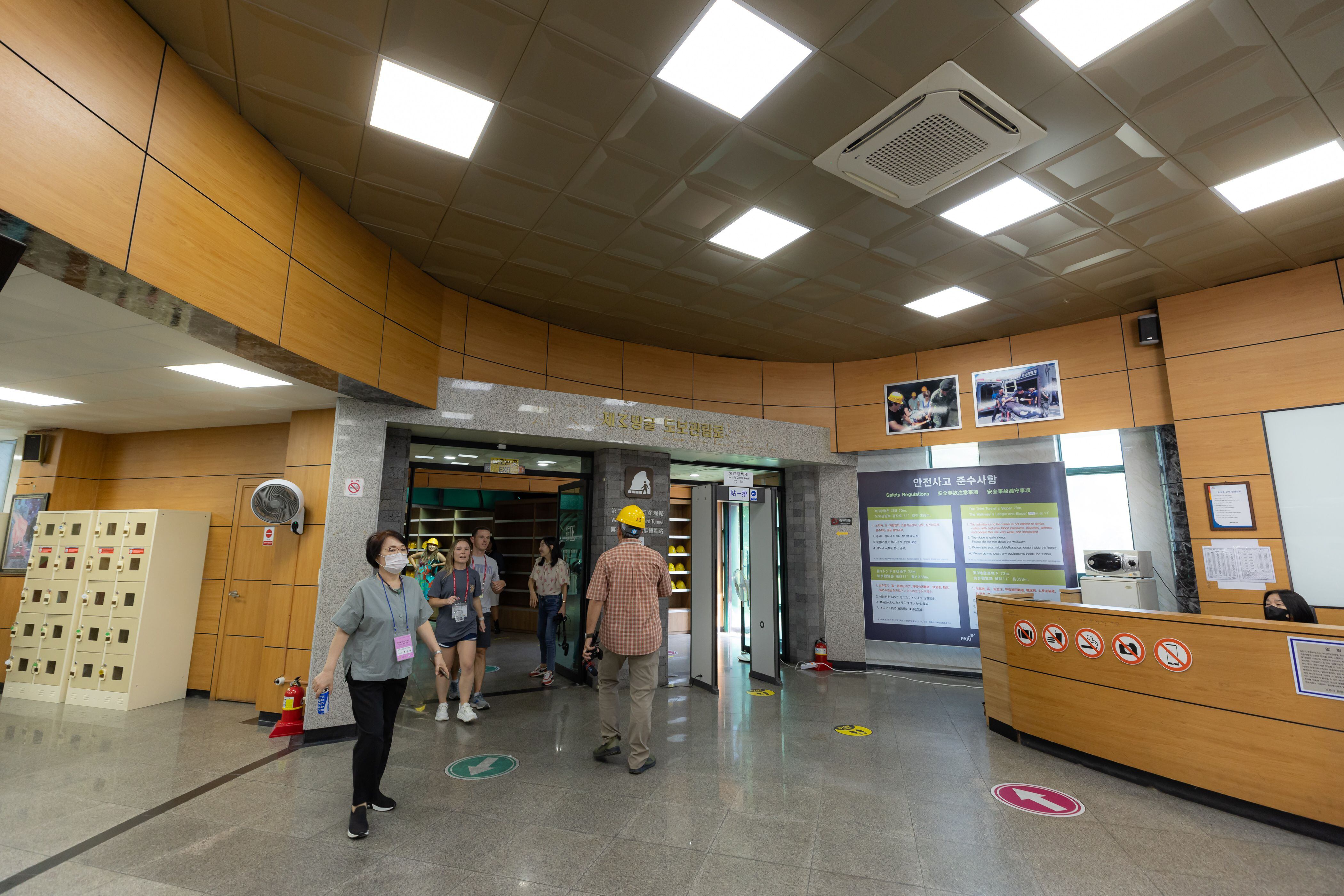
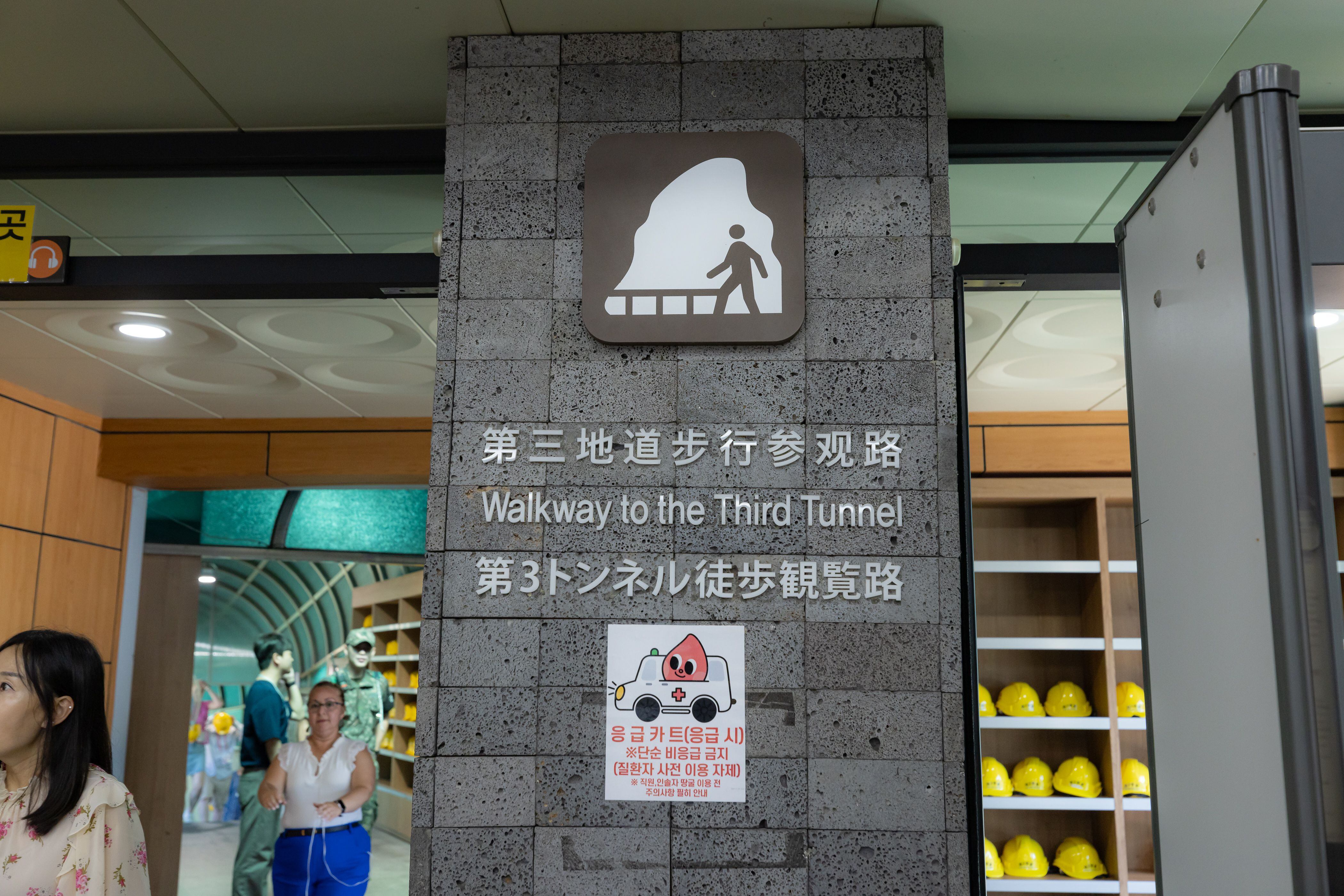
When we reached the end, we came across a concrete block built by the south to prevent the north from using it again (there are three blocks in total). The barrier in front of us has an opening and is the closest we will be to the Military Demarcation Line today. We are located in the middle of the DMZ, just 170 meters from the border. At this point, a digital calendar indicates how many days have passed since the armistice was signed. Today, September 7, 2023, the number we see is 25,609. Emotion is the impulse needed to get back on track. Returning to the surface via a steep slope is a fair price we can pay.
A short distance from the Third Tunnel is the Dora Observatory, from where we can see the North Korean city of Gijeon-dong and the South Korean city of Daesong-dong, the only two cities located in the DMZ. The good weather also allows us to see how the flags of South Korea and North Korea fly before our eyes, showing us how close their territories are.
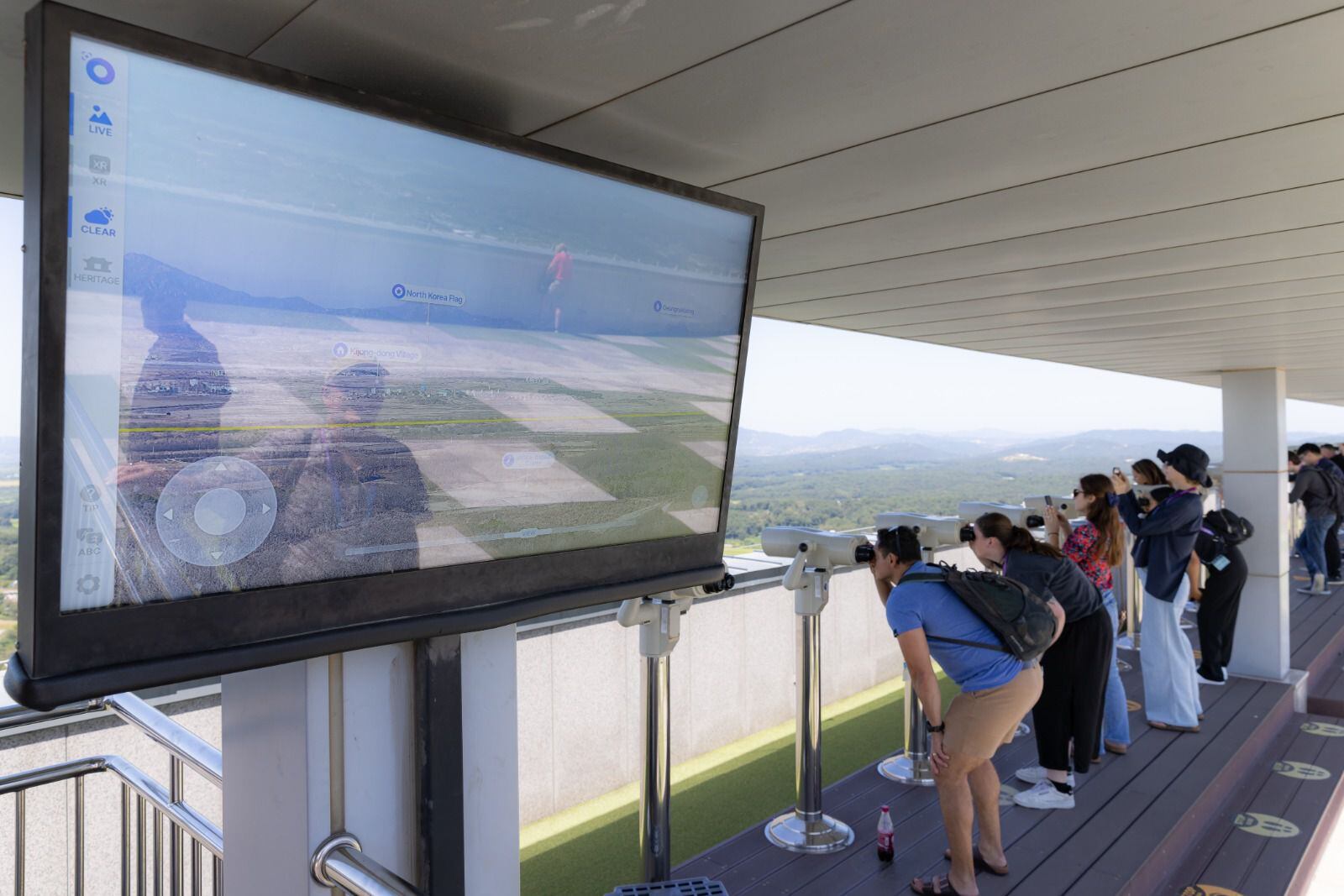

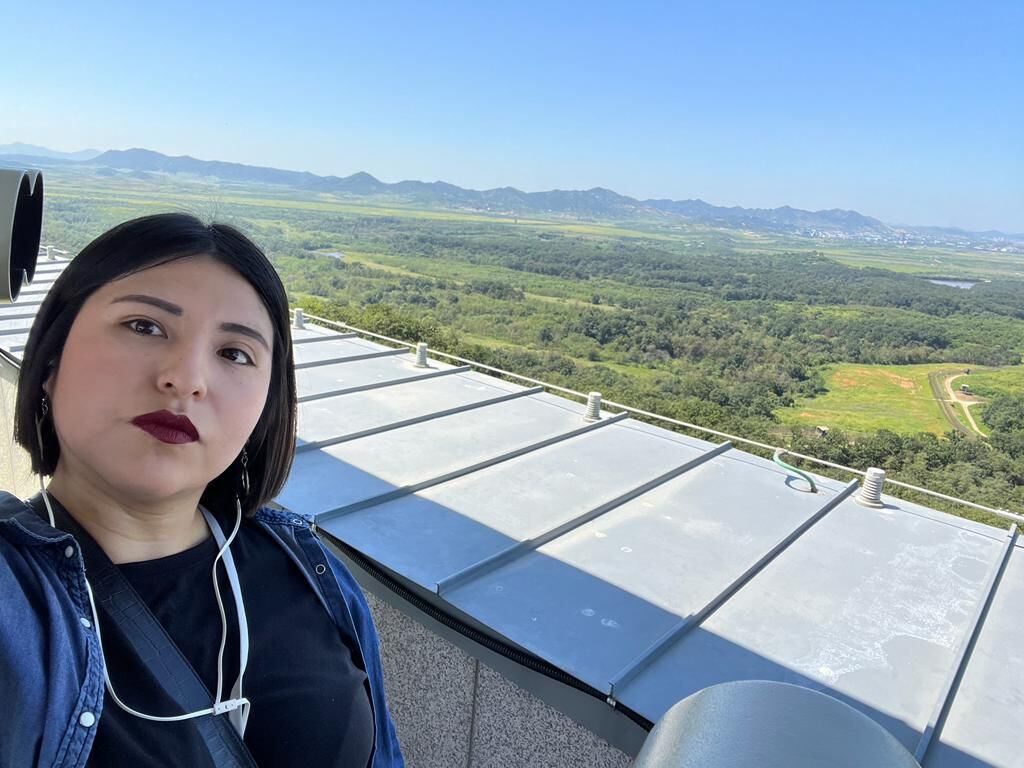
The DMZ played a crucial role in the Korean War. It was the scene of an exchange of prisoners on both sides and its most sensitive area is Panmunjeom, a place shared by the two Koreas and where the famous Border Security Area (JSA) is located. Here is the only building where you can cross the Military Demarcation Line, the real border, without anything happening. Access to this area is increasingly restricted.
Despite the tense atmosphere, in the village of Tong-il chon there is a desire for a better future. “In the beginning, agriculture was the only source of income, we sold ginseng, soybeans or rice, but now tourism has been revitalized,” says Min Taeseung, director of the village museum. Thanks to visitors, the village was able to open businesses and a restaurant, where they also sell agricultural products.
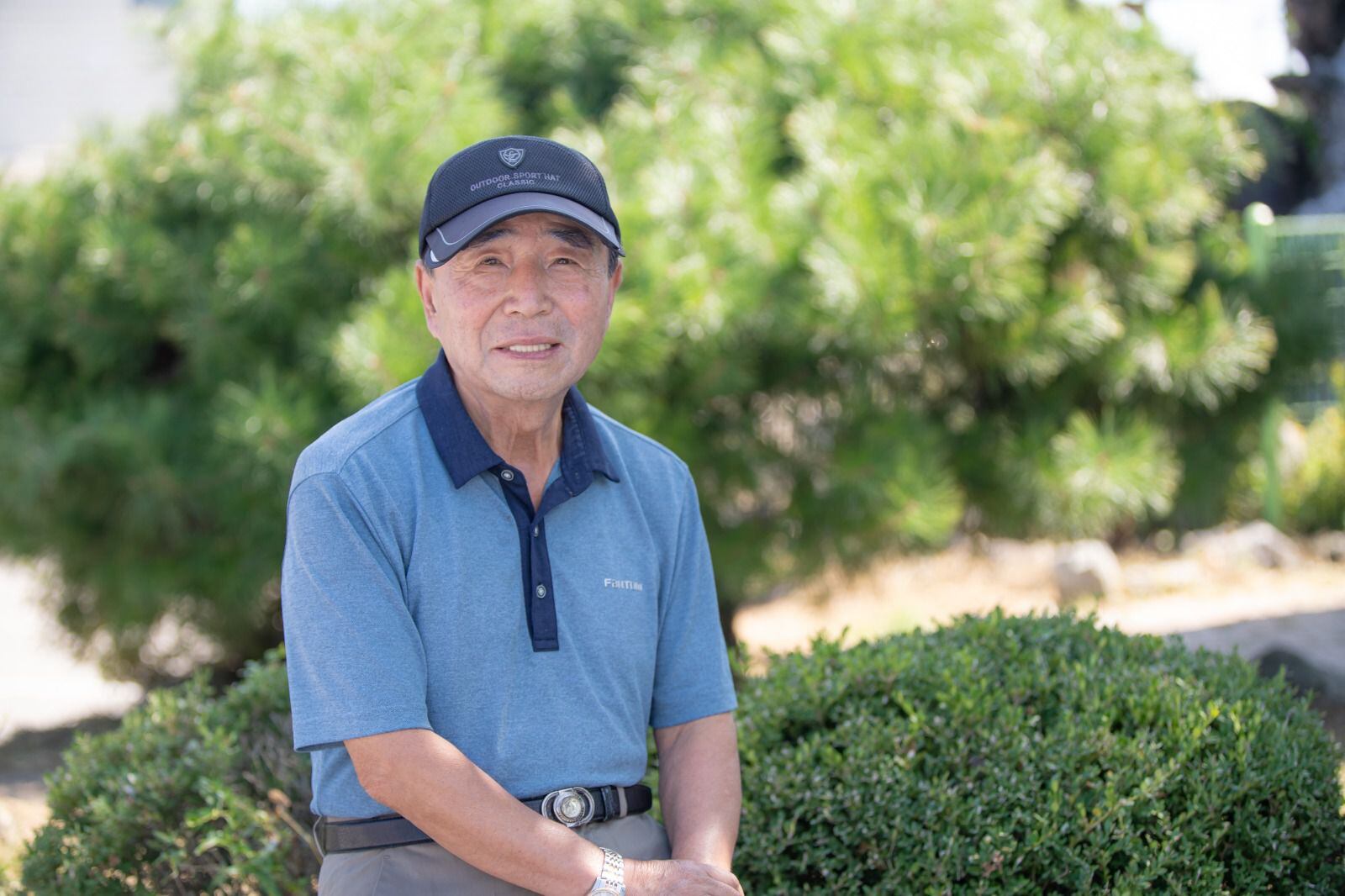
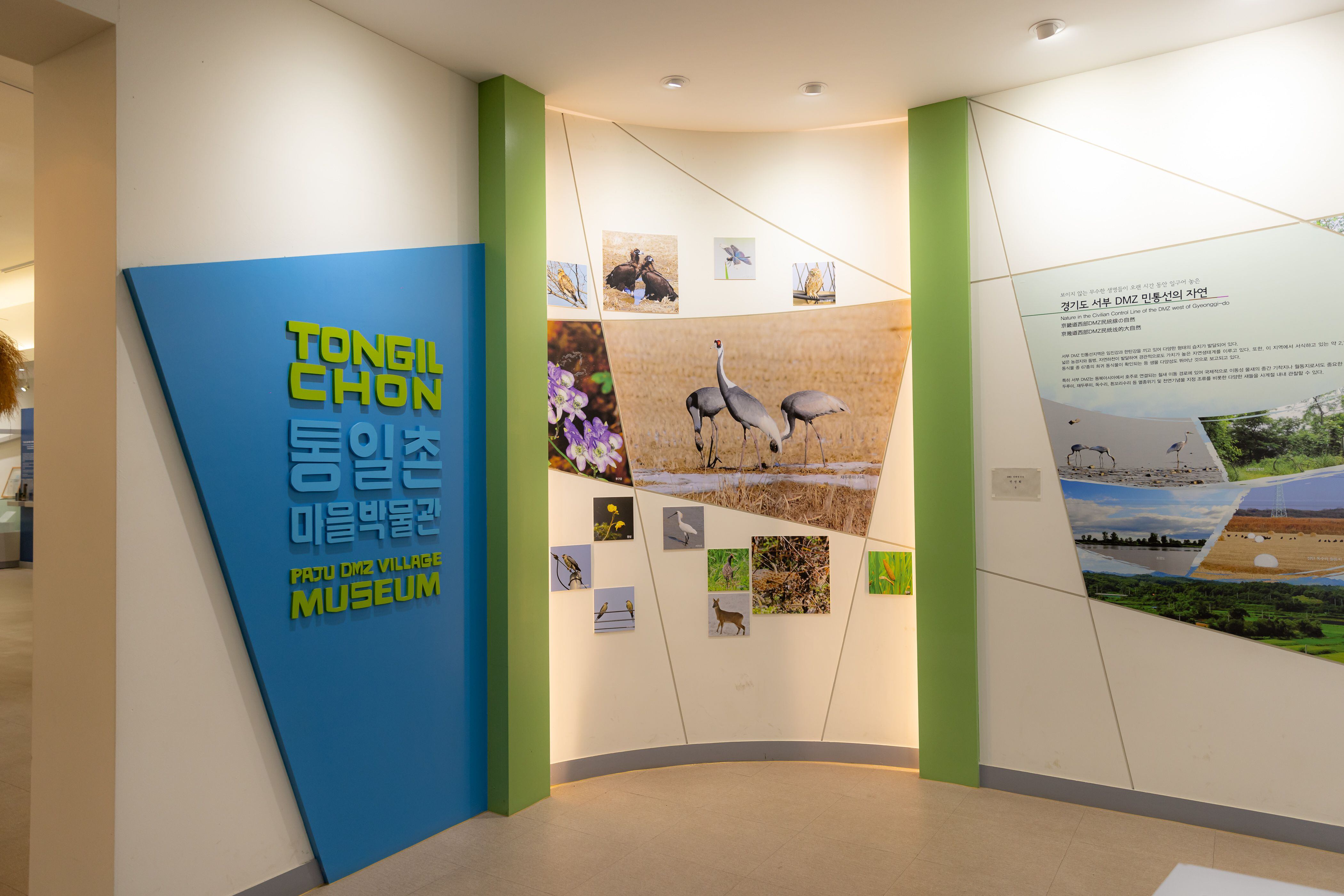
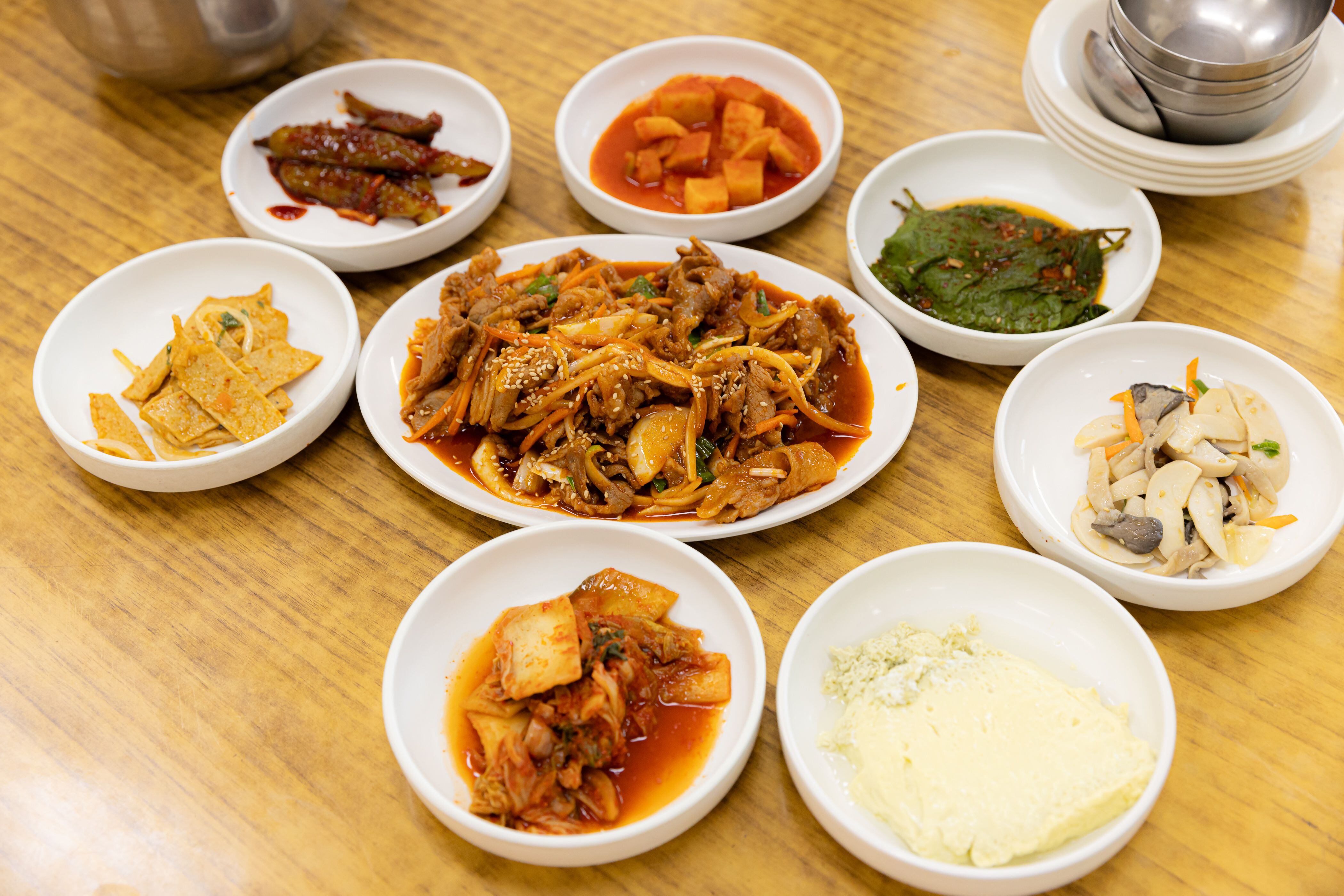
Regarding security, residents trust that nothing will happen to them and see their northern neighbor as a nation affected by precariousness. “I visited North Korea twice during the last inter-Korean summits and it is like South Korea in 1960”, Lee Wan Bee tells us at the end of the trip.
Min Taeseung says goodbye saying that fear of the North’s neighbor does not dominate South Koreans. “Since the late 1980s, there has been no military training in our village, but the South Korean flag flies in every house, 365 days a year.”
Source: Elcomercio
I am Jack Morton and I work in 24 News Recorder. I mostly cover world news and I have also authored 24 news recorder. I find this work highly interesting and it allows me to keep up with current events happening around the world.

:quality(75)/cloudfront-us-east-1.images.arcpublishing.com/elcomercio/CVTDZW3J5ZAMDGLSAVGOIQKLCQ.jpg)

:quality(75)/cloudfront-us-east-1.images.arcpublishing.com/elcomercio/RGIGDZ6JSVB6VCEJAWMFHU6EO4.jpg)
:quality(75)/cloudfront-us-east-1.images.arcpublishing.com/elcomercio/HRNCUPV7IZAZDG2FQAPAWGMJWQ.jpg)
:quality(75)/cloudfront-us-east-1.images.arcpublishing.com/elcomercio/PI5ENZZSNRHCNLSTZJCJNGDURE.jpg)
:quality(75)/cloudfront-us-east-1.images.arcpublishing.com/elcomercio/5DZSY2AZERA5VII4BZMRDOSO7M.jpg)
